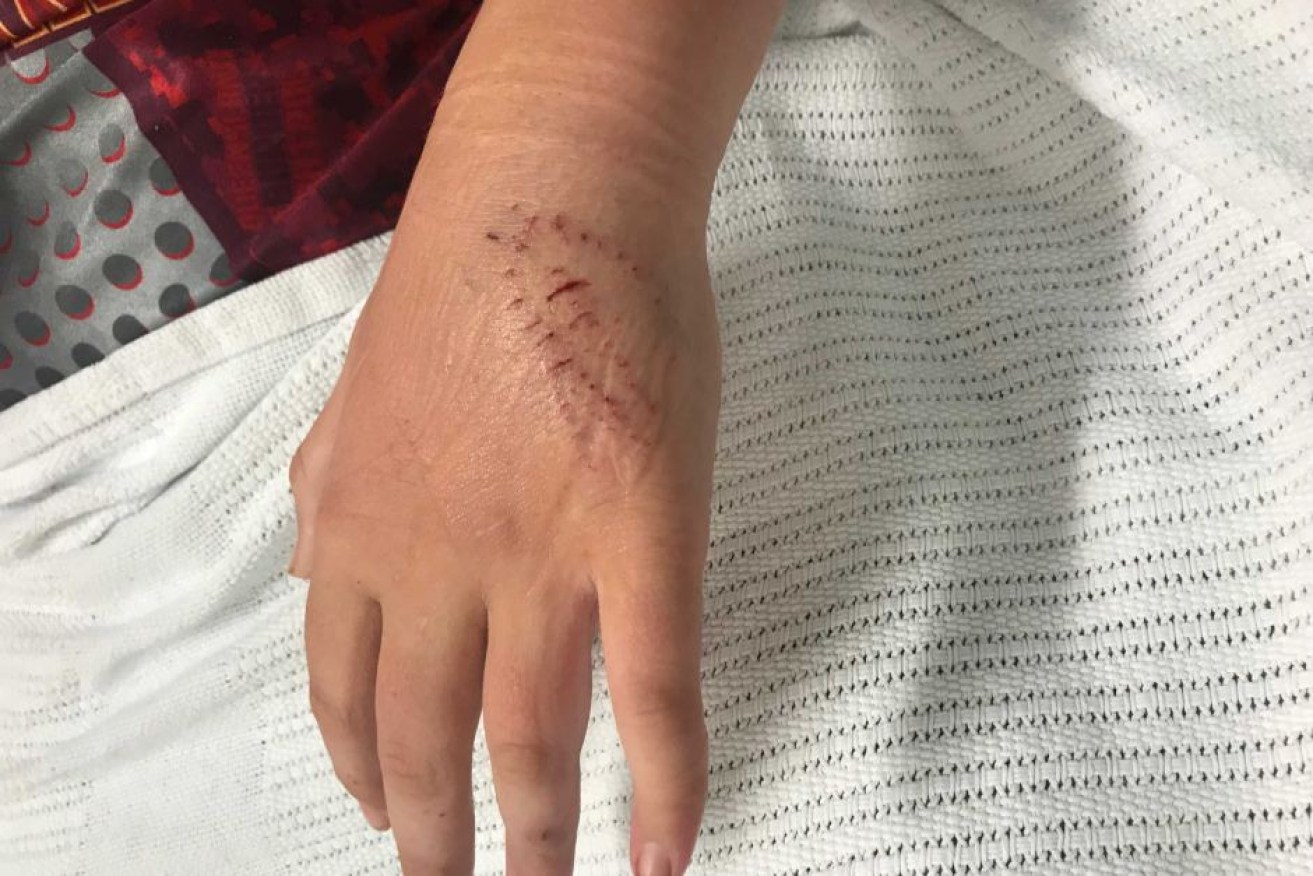Early snake season sparks concerns over antivenom treatment

Last year snake bites claimed the lives of six Australians. Photo: Getty
The early arrival of snake season this year has left some medical authorities concerned we aren’t treating potentially fatal bites properly.
With a heat spike in many states heralding an early snake season, we should expect to see more snake bites, Australian Reptile Park supervisor Jake Meney said.
“If they are moving around, people will encounter them and we could see an increase in bites this year.” Mr Meney told The New Daily.

The eastern brown snake is the second most venomous in the world. Photo: Getty
Each year thousands of people are treated for a snake bite, though only a hundred of those will be serious, Mr Meney said.
“It’s probably between 1500 and 2000, but each of those isn’t necessarily a dangerous bite, because each year 300 people receive anti-venom,” he said.
So far this year there has been just one snake-related death, to an unknown species in Western Australia. Last year was unusually high, with six people dying after being bitten by a snake.
Anti-venom doses questioned
Two Victorian coronial investigations into recent deaths related to tiger snake bites raised serious questions over exactly how much antivenom doctors should administer to snake bite victims.
For years the standard medical advice has been to follow the recommendations supplied by the antivenom manufacturer as well as those of the local poison’s information centre.
Some of these recommendations involved more than one vial. The emphasis was to administer as much as needed. Recently a new policy has been adopted to only use one vial of antivenom to neutralise all the venom a person received in a bite.

Brown snake bites can be deadly if not treated properly. Photo: Getty
This is now being disputed, by a growing number of clinicians and experts with three recent scientific papers questioning it, Peter Mirtschin, one of the authors of in a recent paper in the Medical Journal of Australia, saying that in serious cases, people should be given more.
Generally, one-vial will be adequate, Mr Mirtschin told The New Daily.
The late Professor Struan Sutherland believes that 15 per cent of cases will be serious, so the suggestion is the remaining 85 per cent will treatable with one vial.
Following that, he said clinicians should treat the bites on a case-by-case basis.
“In essence, snakes don’t all give the same amount of venom,” Mirtschin said.
“Some snakes will deliver up to 10 times the average yield.”
Mr Mirtschin said people are likely to receive high venom loads in a bite when snakes are large, if they hang on, have to be forcibly removed or bite more than once.
“Some of these issues were involved in the two cases mentioned in the coronial enquires,” he said.
A patient described by investigators only as Mrs Z, a 70-year-old woman from Melton in Victoria, was treated with three vials of antivenom in 2015 after being bitten three times on the ankle while sleeping in her bed. She died just 24 hours after the attack.
“What we say is you need to look at the circumstances of the bite and make a judgement from that on the amount of antivenom to administer,” Mr Mirtschin said.
Antivenom must also be administered without delay. Snake bite is like a house fire, the sooner you put the fire out, the less damage. It’s the same with snake bite treatment with antivenom.
Varied symptoms
Professional snake catcher Stuart McKenzie, owner of Sunshine Coast Snake Catchers 24/7, said the symptoms from a snake bite varied from species to species.
“Typical snake bite symptoms include swelling, pain, redness and bruising in the initial area,” Mr McKenzie said.
“Some people lose feeling in their face, lose their eyesight and sometimes their heart rate goes up and they start feeling dizzy.”
Mr McKenzie said some venoms were coagulant and caused blood clots, while other venoms were anti-coagulant, preventing blood clots and causing internal bleeding.
Other venoms can be neurotoxic, which causes paralysis or weakness in the limbs.
“It all depends on which species of snake,” he said.
“For example, the toxicity of the venom in eastern brown snakes, considered the second most toxic in the world, can cause kidney failure, muscle weakness, respiratory failure and basic paralysis.”
He said first aid should be administered and ambulance called straight away in the event of a snake bite.
“If you’re 95 per cent sure you were bitten by a (non-venomous) carpet python, you should still call an ambulance,” he said.
“If you’re wrong then that could be your life over.”








